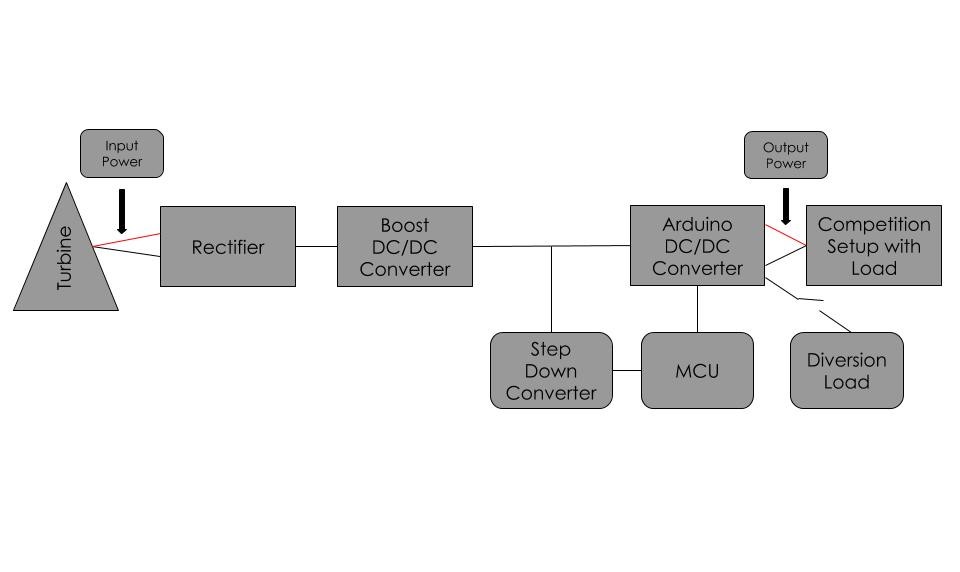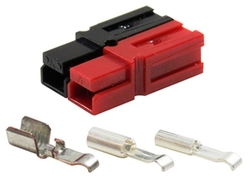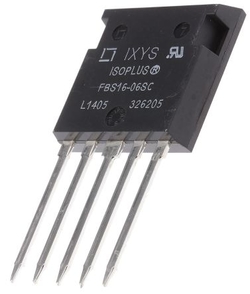
The 2020-2021 CWC team was tasked with making the most efficient electrical System possible that abides by the CWC rules. The team has split into 5 different sub-tasks, including the DC/DC converter, Arduino converter, Auxillary Electronics, PCB Design, and Research and Buying.
As seen in the System Architecture above, the team has decided on some key features. One of such is using a step-down circuit to power the arduino, as well as a diversion load for when connection to the load has been cut.
The Electrical CWC team was fortunate enough to have been given a lab space and lab materials for this year's project. This is all thanks to Dr. Venkata Yaramasu. Dr. Yaramasu works for NAU, and runs the AMPERE Lab on campus. For more information on our client, click here!
Requirements
Applications
This project seeks to contribute research and technical ideas to an ever growing issue in our world: climate change. The Department of Energy sought out a group of schools to compete in the wind competition not only for a capstone project, but to have a yearly event dedicated to helping students understand the benefits of a career in Wind Power. With a greater understanding of Wind power, the team will be able to add to a growing industry, and to potentially contribute ideas for future wind turbines on a much larger scale. The benefits from our progression are enormous, and could include helping to reduce greenhouse gas emmissions, as well as making wind energy an even more viable option for energy production.

Seen above is our full system overview. It includes a 45V/45A rectifer, an asynchronous digital boost converter, a MCU, and a load system. The turbine designed by the ME teams will feed directly into the rectifier, which will output DC voltage. The voltage will feed into the boost where we will step it up. The PWM of the boost will be controlled by the MCU, which will also control the relays surrounding the system, switching between loads, as well as powering the braking system using the emergency stop button. Lastly, the load will include a normal programmable DC load, as well as a diversion load that will activate in an emergency stop situation.
Hardware and Software







